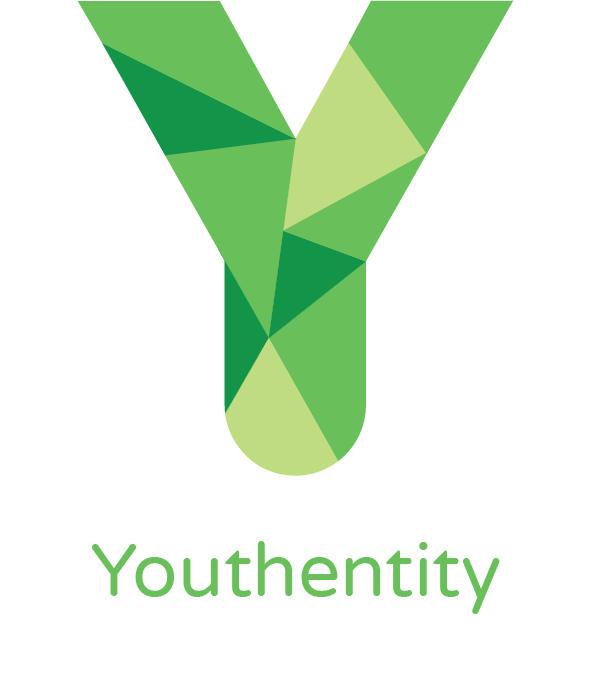Youthentity column: Feeling the pressure of holiday spending? A Holiday Savings Account might be the solution
No matter the year, the holidays always seem to sneak up on us. The season brings so many expenses that are not a part of the average household budget during the rest of the year — parties, gifts, travel, and eating out to name a few.
If you’ve used credit cards to pay for these expenses in the past, you may have found you are still paying them off in March or April, or even later into the new year. Maybe you intended to save money earlier in the year, but just never got around to it. Regardless, if you’re feeling the heat of this year’s holiday expenses, you can get ahead of it for next year by opening a holiday savings account.
While a holiday savings account can be an account that you set up under your umbrella of existing personal accounts, some banks and credit unions offer special low-fee savings accounts for year-round savers to set aside holiday gift money. Sometimes these institutions offer these accounts during limited-time windows throughout the year (this varies by institution). Some holiday savings accounts come with helpful perks, such as automatic savings deposits and the option to pick an annual disbursement date to receive the cash you saved up all year.
A holiday savings account uses your own money instead of borrowing someone else’s (typically the credit card company’s) to pay your holiday expenses. It’s also completely separate from your emergency fund so that you won’t be tempted to dip into it during the year. There is no interest, no late fees, and no due dates — plus you have the peace of mind in knowing that you won’t have those December bills hanging over your head heading into the New Year.
Here’s how to set up an account for next holiday season:
Open a new savings account. Many banks and credit unions offer holiday savings accounts. If yours does not, you can often set up a regular savings account and choose a nickname for it (“2023 Holiday Savings”).
Determine how much you can afford to save each month or pay period toward your holiday expenses.
Setup an automatic transfer into the account for the day after you receive each paycheck.
If you do choose to set up an account that is especially for holidays, make sure to find out what the rules are for the account. Many are set up to transfer the full balance into a savings or checking account around November so that you can access the funds just in time for holiday shopping. If that’s the case, you may not be able to withdraw from the account between January and November, so you aren’t tempted to spend the money.
That’s it!
By setting up your holiday savings account this year, you are doing yourself a favor for next year. Bonus points for those who get their kids and other family members to set aside holiday funds. Once you open the account and set up your automatic transfer, you won’t have to think about the holidays until they show up. When November does roll around, it will feel so good to have money you can spend guilt-free without having to break the bank or rack up credit card debt.
Having a savings plan that incorporates small steps can make all the difference in reducing your financial stress during the holidays. Taking the first step today means you’re on the path to financial security and reduced financial stress come next year — and all the years that follow.
Brian Palmeri is a program facilitator with Carbondale-based nonprofit Youthentity, which provides financial literacy education and career preparation programs to over 6,000 students throughout Colorado. He also has his own business teaching adult financial literacy. Read the column over at the Post Independent.
